Home>Kitchen & Cooking>Kitchen Gadgets & Utensils>How To Cream Butter And Sugar With A Stand Mixer
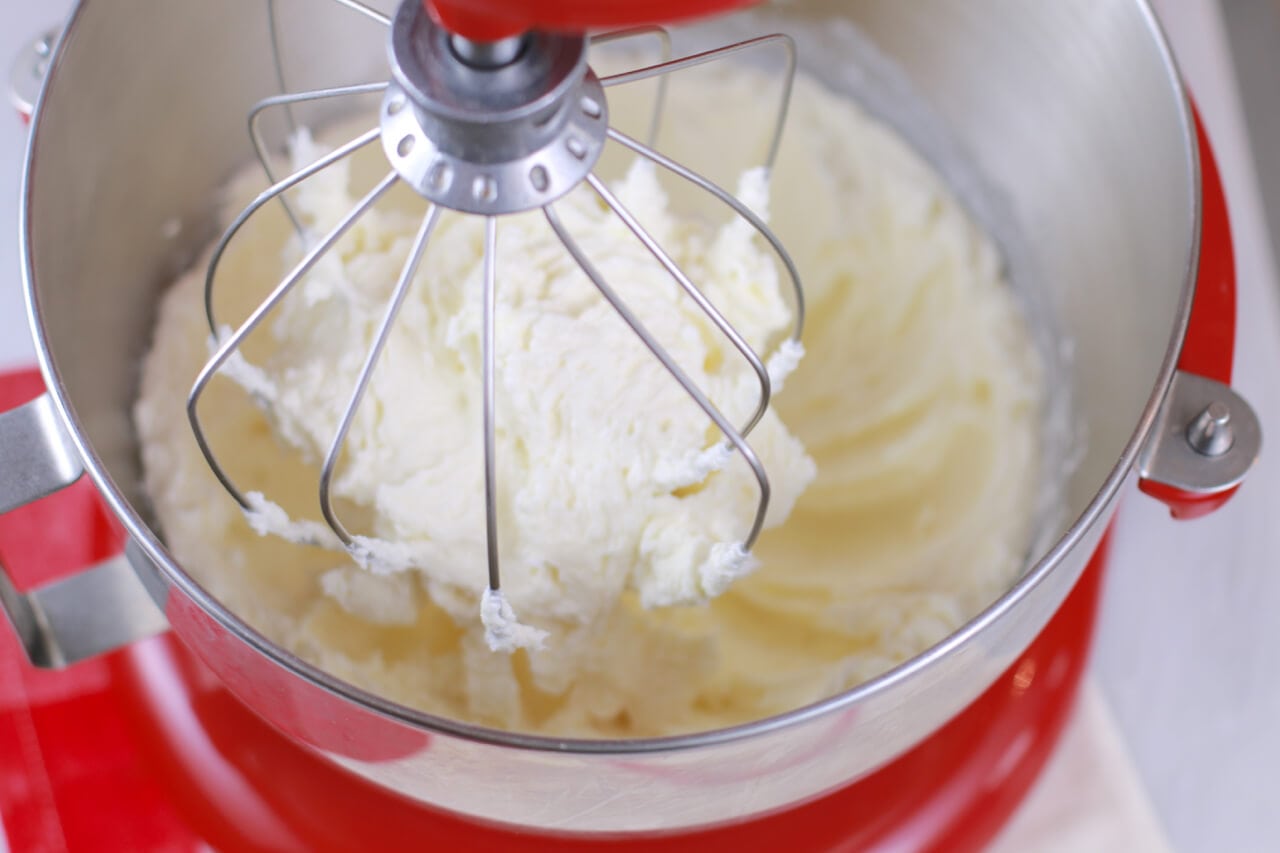

Kitchen Gadgets & Utensils
How To Cream Butter And Sugar With A Stand Mixer
Published: January 18, 2024
Learn how to cream butter and sugar with a stand mixer using essential kitchen gadgets and utensils. Elevate your baking game with this simple technique!
(Many of the links in this article redirect to a specific reviewed product. Your purchase of these products through affiliate links helps to generate commission for Storables.com, at no extra cost. Learn more)
**
Introduction
**
Welcome to the world of baking, where the alchemy of transforming simple ingredients into delectable creations takes place. One fundamental technique that forms the cornerstone of many baked goods is creaming butter and sugar. This process involves aerating the mixture to incorporate air, resulting in a light and fluffy texture that contributes to the tenderness and structure of the final product.
As you embark on your culinary journey, mastering the art of creaming butter and sugar with a stand mixer will undoubtedly elevate your baking endeavors. Whether you're preparing a batch of chocolate chip cookies, a tender cake, or a batch of buttery scones, understanding the nuances of this foundational process is essential for achieving exceptional results.
In this comprehensive guide, we will delve into the intricacies of creaming butter and sugar with a stand mixer, exploring the science behind the technique, the role of each ingredient, and the step-by-step process to achieve perfect creaming. Additionally, we will uncover valuable tips and tricks to ensure that your creamed mixture is flawlessly incorporated, setting the stage for baking success.
So, roll up your sleeves, gather your ingredients, and let's embark on a journey to unlock the secrets of achieving impeccably creamed butter and sugar, setting the stage for baking perfection.
Key Takeaways:
- Mastering the art of creaming butter and sugar with a stand mixer is essential for achieving light and fluffy baked goods, from tender cakes to soft cookies, setting the stage for baking success.
- Pay attention to butter temperature, gradual sugar addition, and avoiding overmixing to achieve flawlessly creamed butter and sugar, infusing your baked creations with culinary finesse and artistry.
Read more: How To Cream Butter Without Mixer
Understanding the Ingredients
Before delving into the process of creaming butter and sugar, it’s essential to understand the key ingredients involved and their respective roles in this foundational technique.
Butter:
Butter is not merely a flavor agent; it plays a crucial role in the texture and structure of baked goods. When creamed, butter traps air, leading to a light and airy consistency in the final product. Additionally, the fat in butter contributes to tenderness, while the water content aids in creating steam during baking, further enhancing the delicate crumb of cakes and cookies.
Sugar:
Sugar is more than just a sweetener; it also contributes to the texture, moisture, and browning of baked goods. When creamed with butter, sugar creates tiny air pockets that help leaven the batter, resulting in a lighter, more tender crumb. Furthermore, the abrasive nature of sugar crystals aerates the butter, further enhancing the lightness of the mixture.
Role of Stand Mixer:
When using a stand mixer, the whisk or paddle attachment is instrumental in achieving the desired creaming consistency. The whisk attachment incorporates air into the mixture, resulting in a lighter texture, while the paddle attachment helps to evenly blend the butter and sugar, creating a smooth and cohesive mixture.
By understanding the unique contributions of butter, sugar, and the stand mixer, you can approach the creaming process with a deeper appreciation for the science behind it, setting the stage for exceptional baking outcomes.
Preparing the Stand Mixer
Before embarking on the creaming process, it’s crucial to ensure that your stand mixer is properly prepared to facilitate seamless and effective creaming of the butter and sugar.
Attachment Selection:
Begin by selecting the appropriate attachment for creaming. While the whisk attachment is ideal for incorporating air into the mixture, the paddle attachment excels at blending the butter and sugar to achieve a smooth and uniform consistency. Consider the specific requirements of your recipe to determine the most suitable attachment for the creaming process.
Butter Temperature:
For optimal creaming, the butter should be at the ideal temperature. It should be slightly cool to the touch but still pliable. This ensures that the butter will cream effectively, trapping air and creating a light and fluffy texture. If the butter is too cold, it will not cream evenly, while overly warm butter can result in a greasy and dense mixture.
Sugar Addition:
When adding the sugar to the stand mixer, ensure that it is evenly distributed over the butter. This promotes uniform creaming and prevents clumping, resulting in a smooth and consistent mixture. Additionally, incorporating the sugar gradually allows for thorough blending and aeration, contributing to the desired light and airy texture.
Speed Setting:
Adjust the speed of the stand mixer according to the requirements of the recipe. While a moderate speed is typically suitable for creaming butter and sugar, be mindful of overmixing, which can lead to excessive warming of the mixture and potential over-aeration. Finding the balance between thorough creaming and overmixing is key to achieving the perfect consistency.
By meticulously preparing your stand mixer and considering these crucial factors, you can lay the groundwork for a successful creaming process, setting the stage for exceptional baking results.
Make sure the butter is at room temperature before creaming with sugar. Start at low speed to prevent splattering, then increase to medium-high until light and fluffy. Scrape down the sides of the bowl as needed.
Creaming the Butter and Sugar
With your stand mixer prepared and the ingredients at the ready, it’s time to embark on the transformative process of creaming butter and sugar. This fundamental step sets the stage for achieving the desired texture and structure in a wide array of baked goods, from tender cakes to irresistibly soft cookies.
Step 1: Preparing the Butter
Begin by ensuring that the butter is at the ideal temperature for creaming. It should be slightly cool to the touch, allowing it to cream effectively while maintaining its structural integrity. If the butter is too cold, it will not incorporate air evenly, while overly warm butter can lead to a dense and greasy mixture.
Step 2: Adding the Sugar
Gradually add the sugar to the stand mixer, allowing it to evenly distribute over the butter. This gradual addition promotes uniform creaming and prevents clumping, resulting in a smooth and consistent mixture. As the sugar combines with the butter, it creates tiny air pockets that contribute to the light and airy texture essential for achieving baking perfection.
Step 3: Creaming Process
Engage the stand mixer at a moderate speed, allowing the butter and sugar to cream together until the mixture becomes pale, light, and noticeably increased in volume. This process typically takes 3 to 5 minutes, depending on the quantity of the ingredients and the power of the stand mixer. Keep a close eye on the mixture to ensure that it achieves the desired consistency without being overmixed.
Step 4: Assessing the Texture
Throughout the creaming process, periodically pause the stand mixer to assess the texture of the mixture. The ideal creamed mixture should exhibit a light and fluffy consistency, with a noticeably paler color than the initial butter and sugar combination. This visual and textural transformation indicates that the mixture has been effectively aerated, setting the stage for exceptional baking outcomes.
By meticulously following these steps and paying close attention to the creaming process, you can achieve a flawlessly creamed butter and sugar mixture, laying the foundation for exquisite baked creations that are sure to delight and impress.
Tips and Tricks for Perfect Creaming
While the process of creaming butter and sugar may seem straightforward, incorporating these tips and tricks can elevate your technique and ensure consistently exceptional results in your baking endeavors.
Butter Consistency:
Ensure that the butter is uniformly softened to the correct consistency. This allows for effective creaming, trapping air to create a light and airy texture in the final baked goods. If the butter is too firm or overly softened, it can compromise the desired outcome, so strive for the perfect balance.
Gradual Sugar Addition:
When adding the sugar to the stand mixer, do so gradually, allowing it to evenly incorporate with the butter. This gradual addition promotes thorough blending and aeration, contributing to the desired light and fluffy texture that enhances the quality of the baked goods.
Scrape Down the Bowl:
Periodically pause the stand mixer to scrape down the sides and bottom of the mixing bowl. This ensures that any butter or sugar clinging to the edges is fully incorporated into the mixture, promoting uniform creaming and preventing lumps or uneven texture in the final batter.
Avoid Overmixing:
Exercise caution to avoid overmixing the creamed mixture. Overmixing can lead to excessive warming of the ingredients, causing the butter to break down and potentially compromising the structure and texture of the final baked goods. Once the mixture achieves the desired light and fluffy consistency, refrain from excessive mixing to maintain its integrity.
Room Temperature Ingredients:
When possible, use room temperature ingredients, including eggs and any liquids specified in the recipe. Room temperature ingredients blend more easily, promoting a smooth and cohesive creamed mixture that sets the stage for optimal baking results.
Customization and Flavor Infusion:
Experiment with infusing additional flavors into the creamed mixture, such as citrus zest, vanilla extract, or spices, to customize the flavor profile of your baked creations. These subtle additions can elevate the complexity of the final product, adding depth and nuance to your baked goods.
By incorporating these tips and tricks into your creaming process, you can refine your technique, achieve consistently exceptional results, and infuse your baked creations with a touch of culinary finesse and artistry.
Conclusion
Creaming butter and sugar with a stand mixer is a foundational technique that holds the key to achieving exceptional texture, structure, and flavor in a wide array of baked goods. By understanding the science behind this process and mastering the art of creaming, you can elevate your baking endeavors and delight in the creation of delectable treats that captivate the senses.
As you embark on your culinary journey, remember that the quality of your creamed mixture sets the stage for the success of your baked creations. From tender cakes with a delicate crumb to irresistibly soft cookies that melt in the mouth, the process of creaming butter and sugar forms the cornerstone of baking perfection.
With the right techniques, attention to detail, and a touch of creativity, you can harness the transformative power of creaming to craft baked goods that embody a perfect balance of lightness, tenderness, and flavor. Whether you’re a seasoned baker or venturing into the realm of baking for the first time, mastering the art of creaming butter and sugar with a stand mixer opens the door to a world of culinary possibilities.
So, armed with your stand mixer, a dash of inspiration, and a deep understanding of the creaming process, you are poised to embark on a journey of culinary excellence. Let the alchemy of creaming butter and sugar infuse your creations with a touch of magic, and may each delectable bite tell the story of your passion for baking.
As you savor the fruits of your labor, remember that the art of creaming is not merely a technique; it is a celebration of creativity, precision, and the joy of sharing delicious moments with those who gather around your table.
Embrace the artistry of creaming, and may your baked creations continue to inspire and delight, one perfectly creamed mixture at a time.
Frequently Asked Questions about How To Cream Butter And Sugar With A Stand Mixer
Was this page helpful?
At Storables.com, we guarantee accurate and reliable information. Our content, validated by Expert Board Contributors, is crafted following stringent Editorial Policies. We're committed to providing you with well-researched, expert-backed insights for all your informational needs.
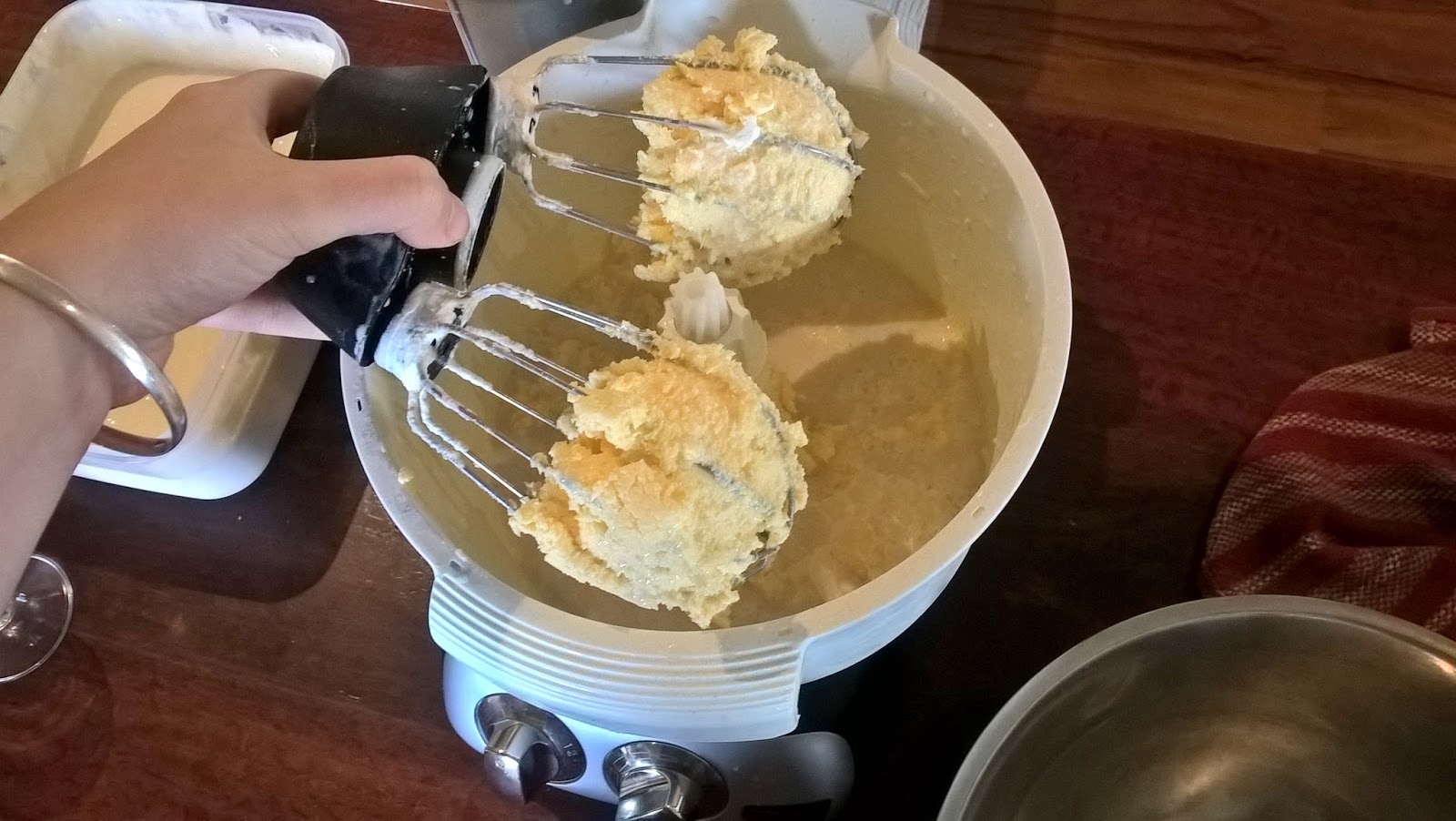
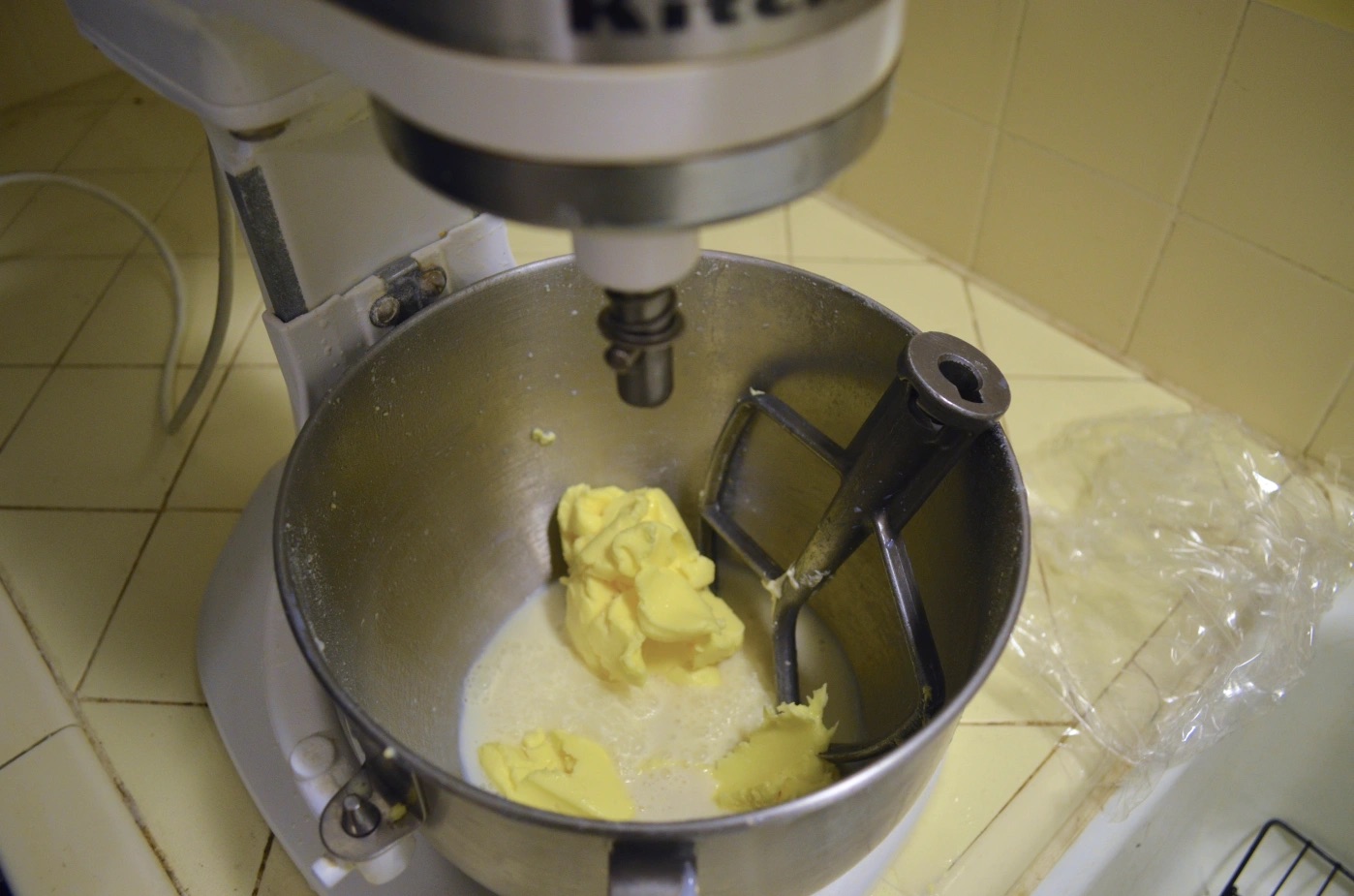
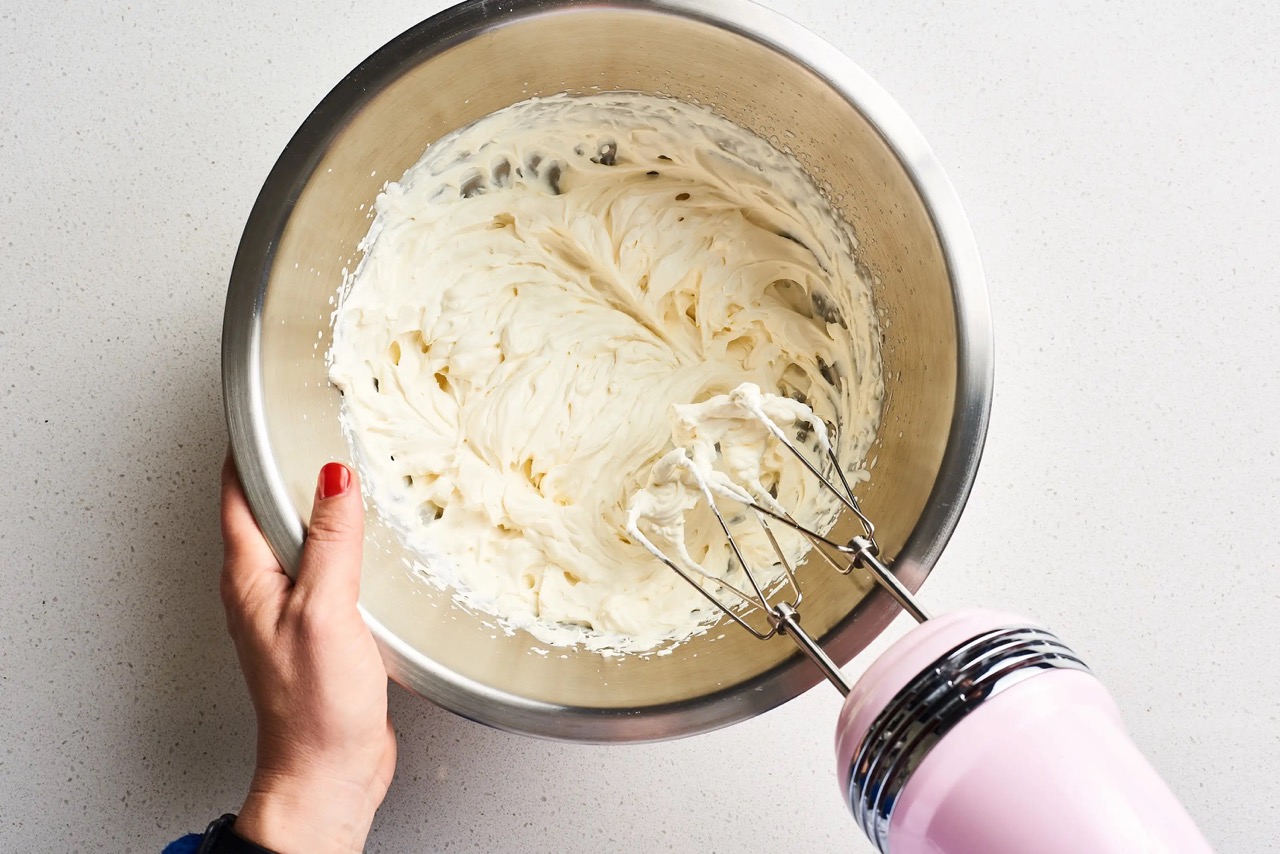
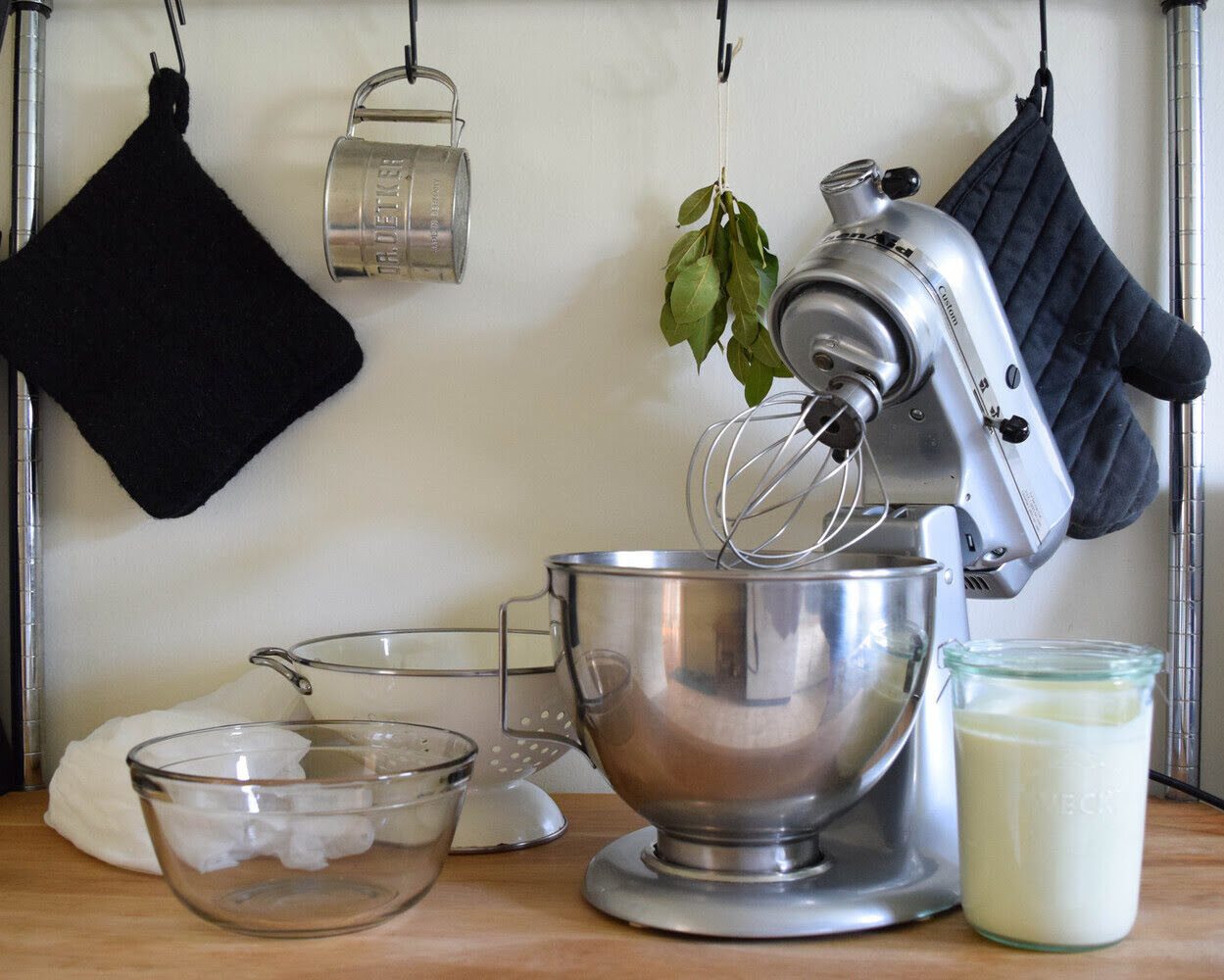
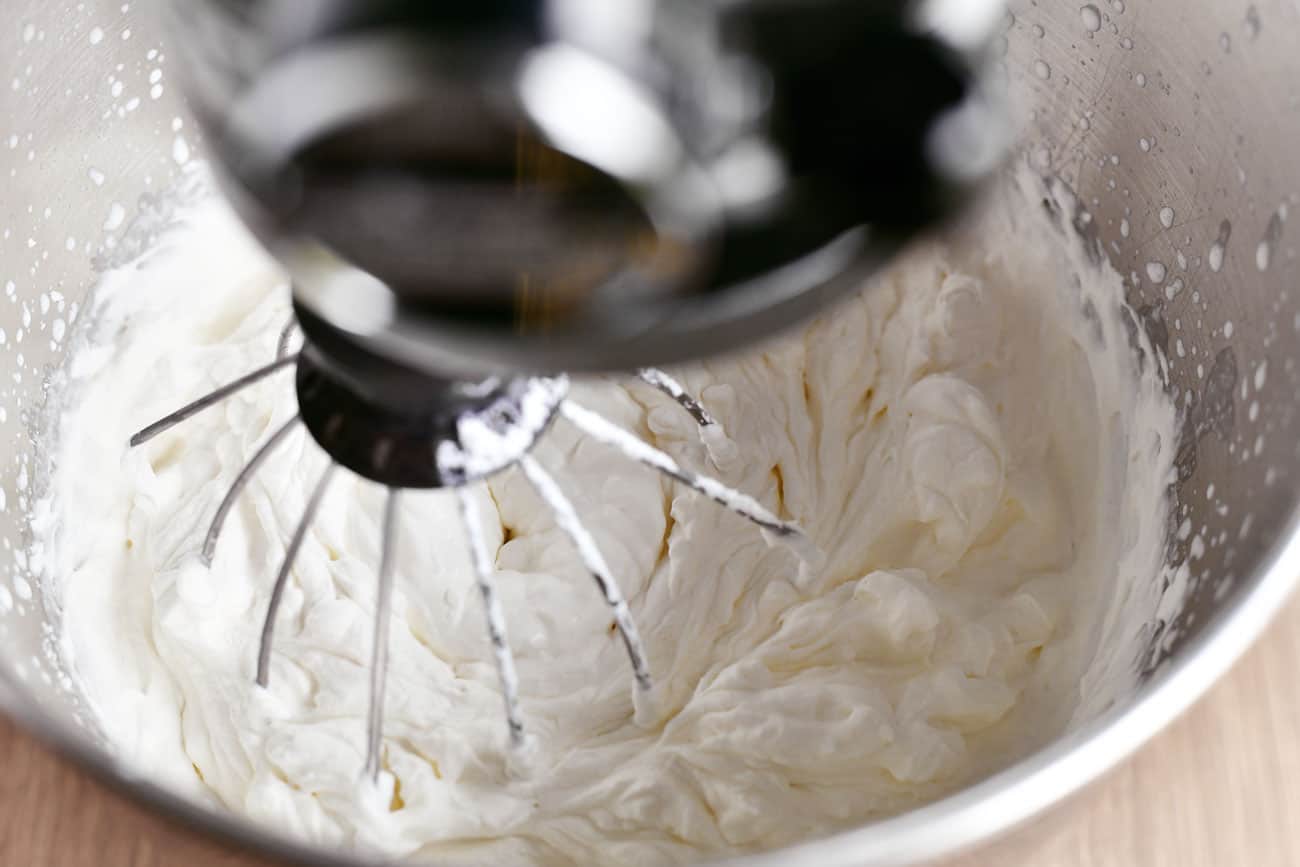
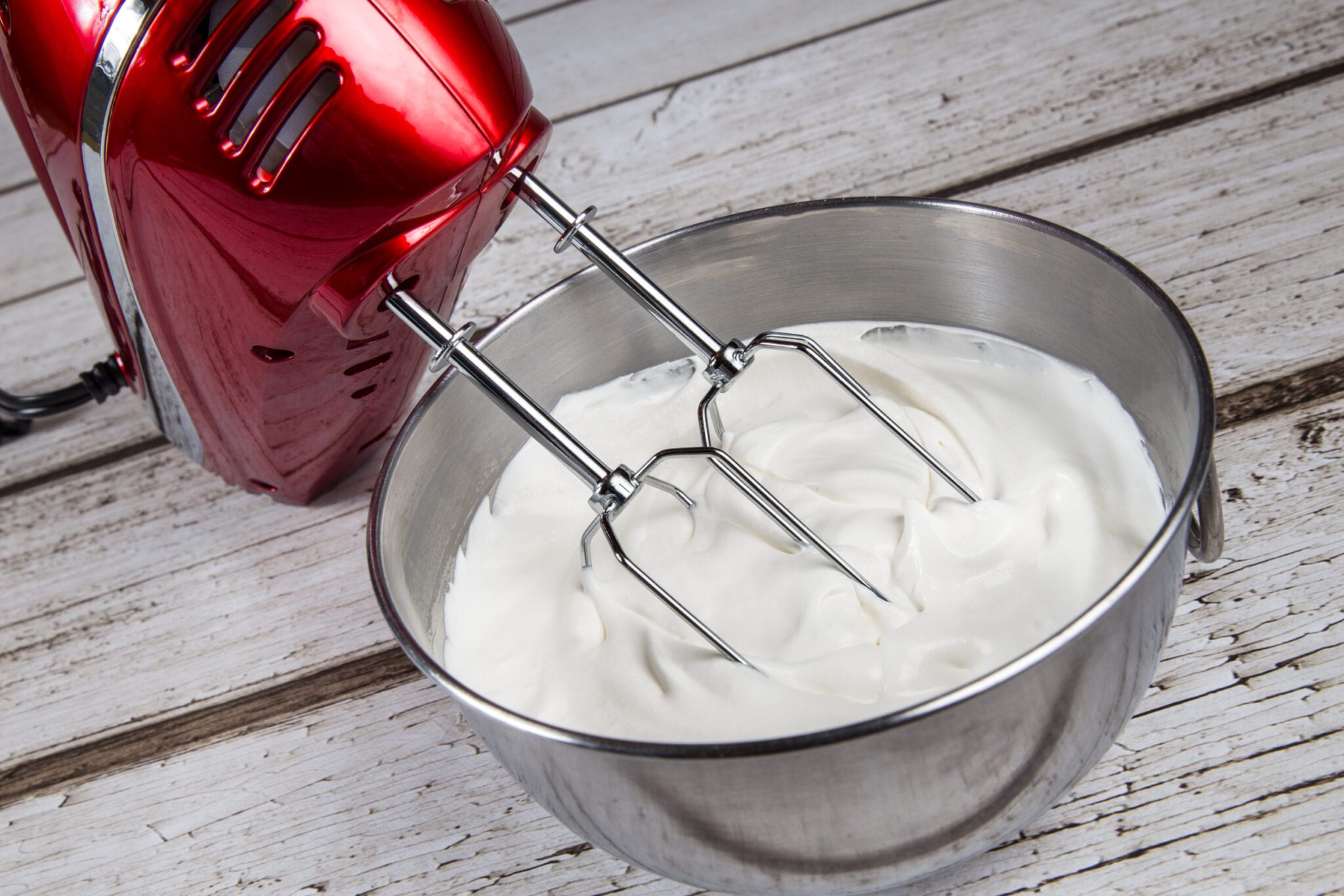
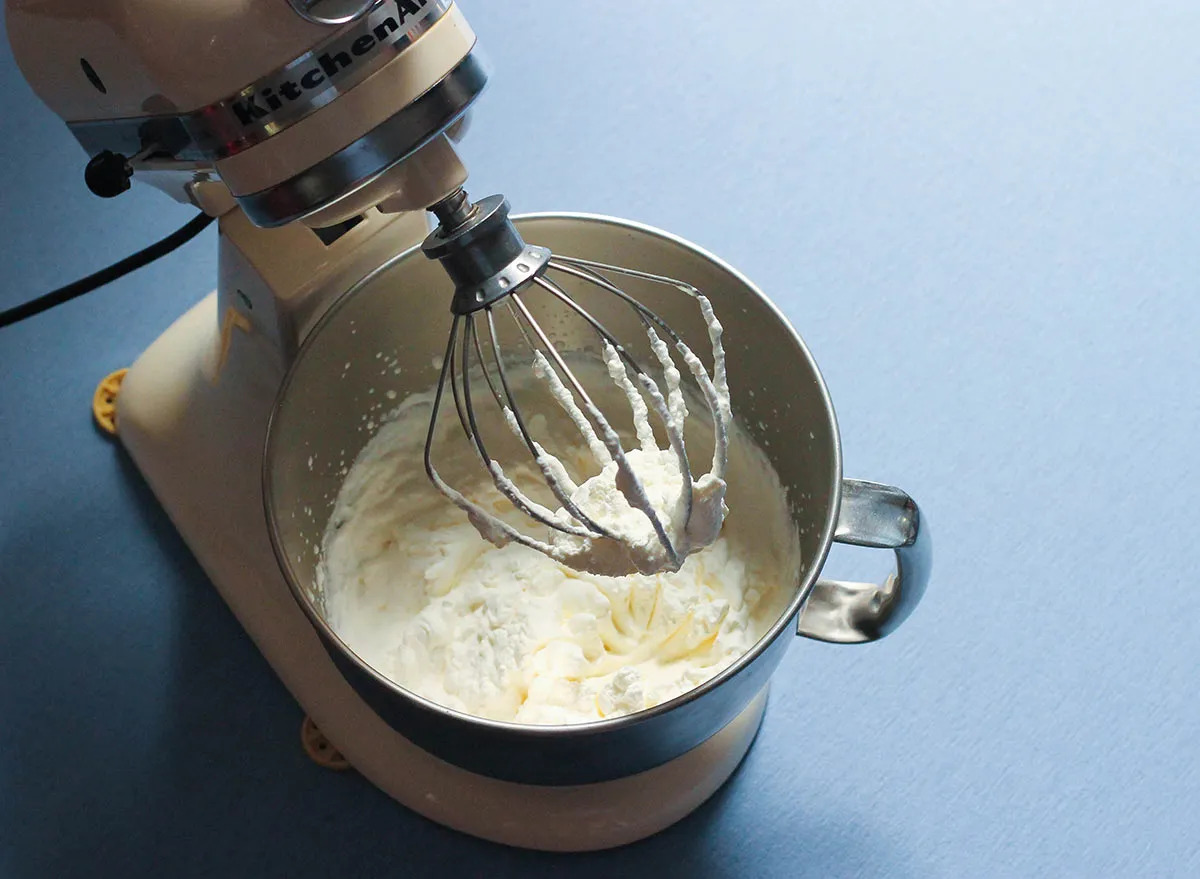
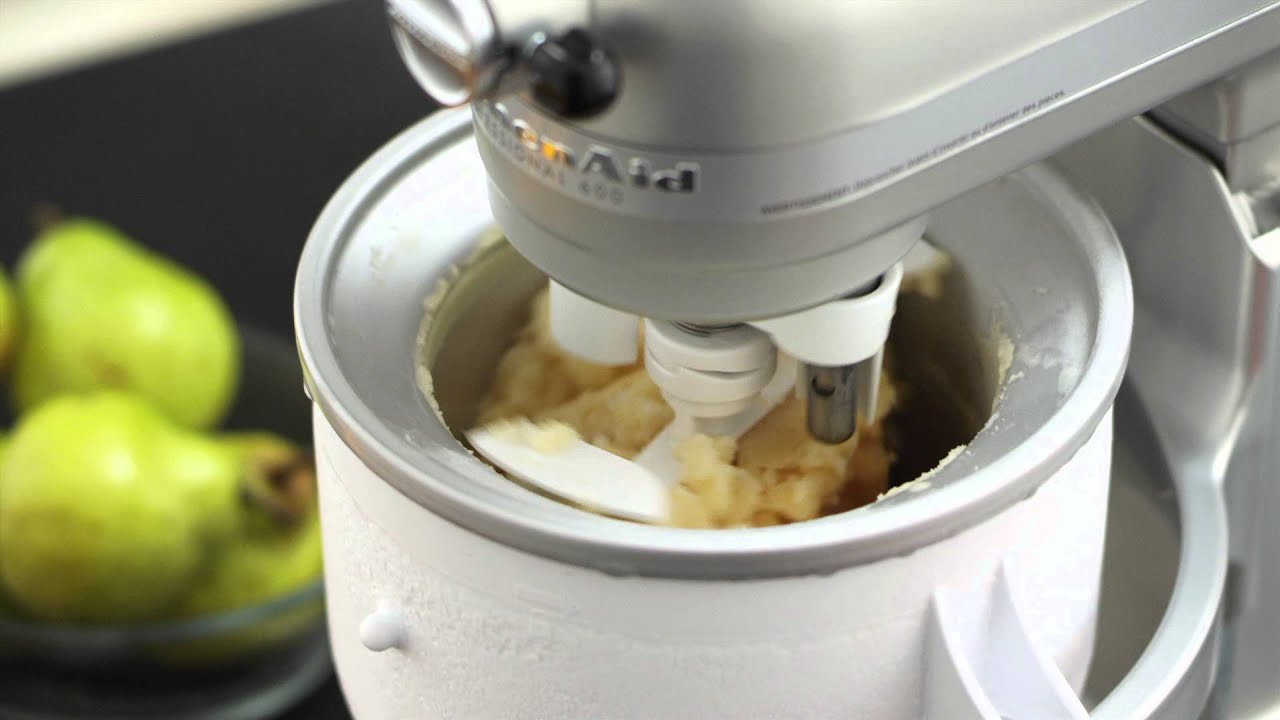
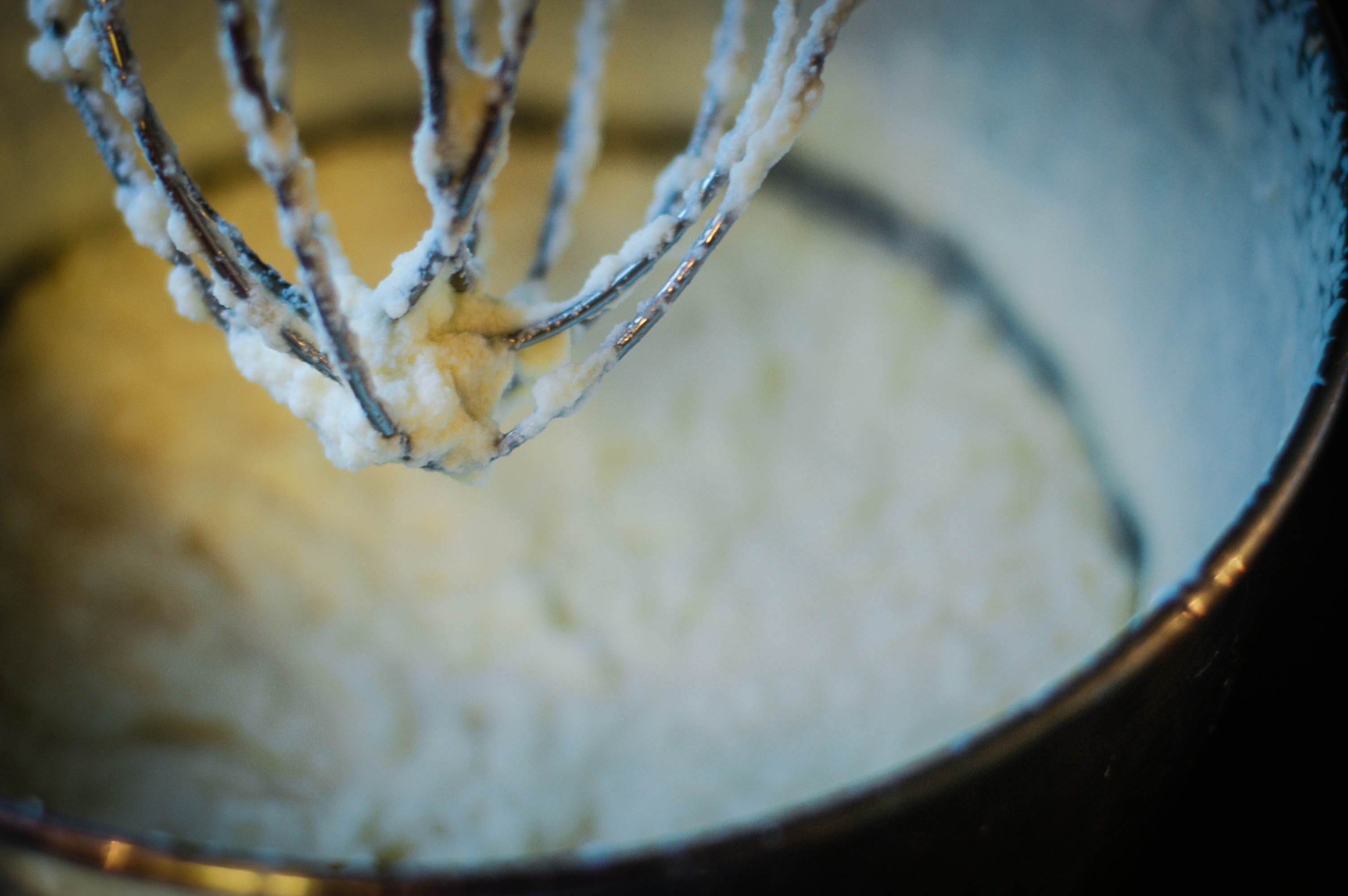
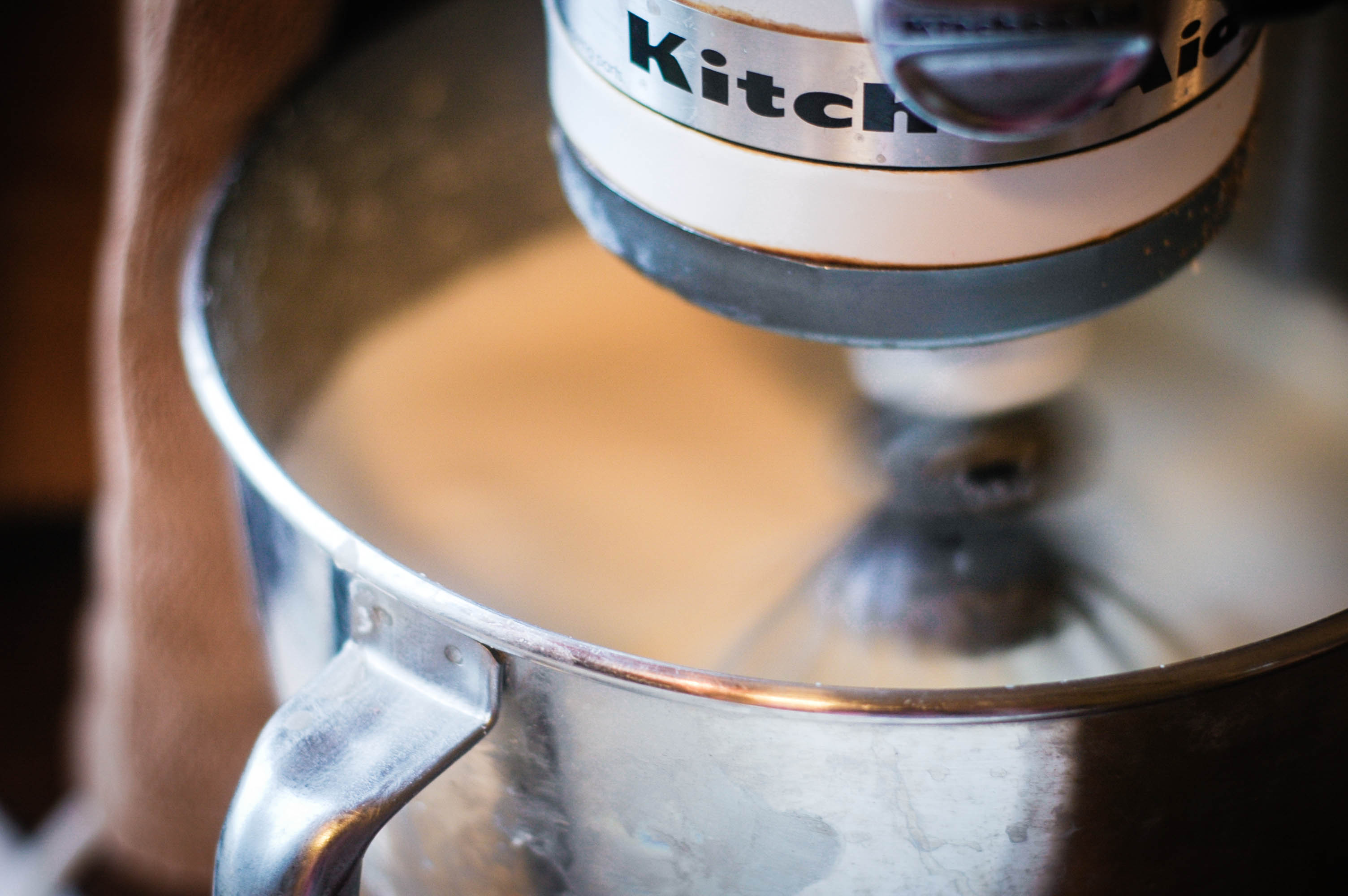

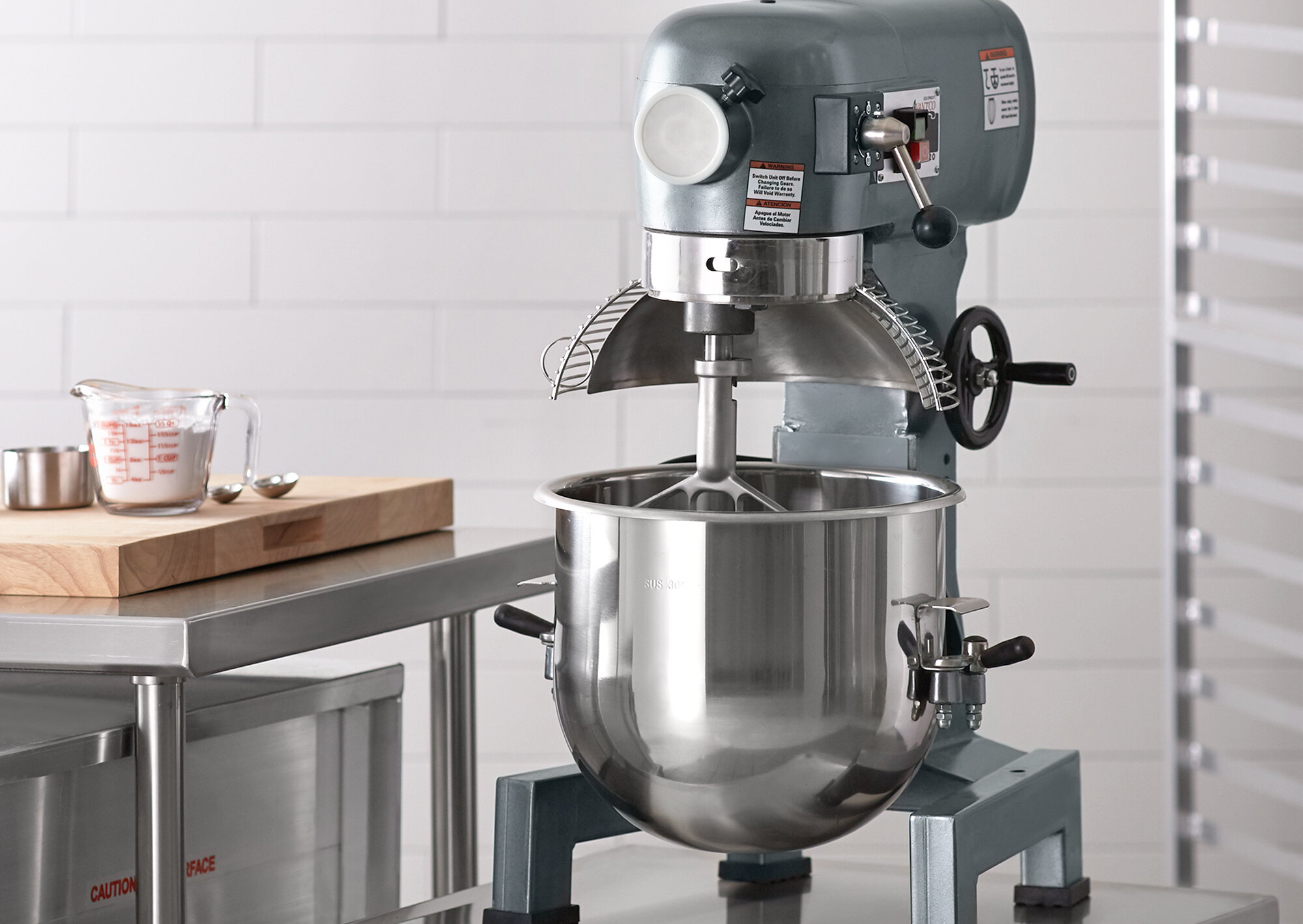
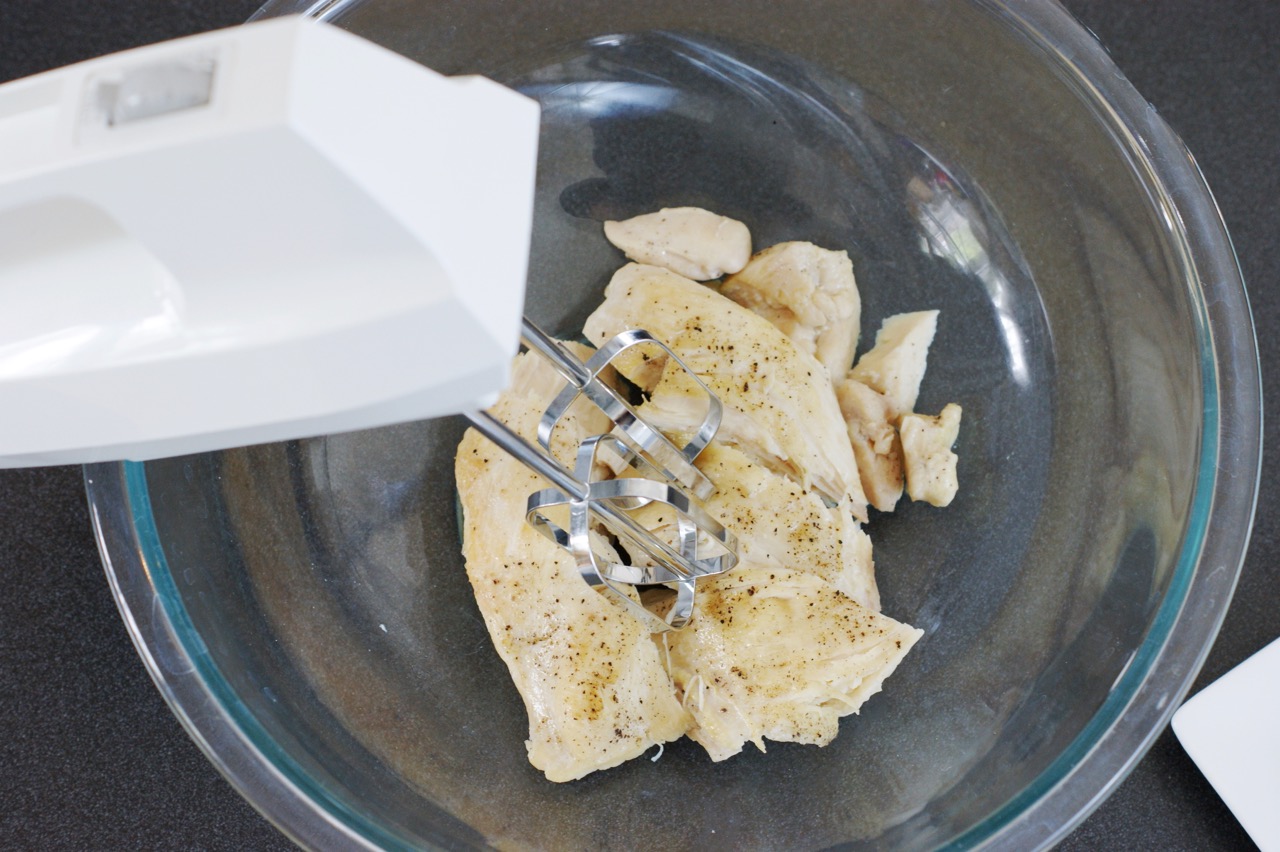
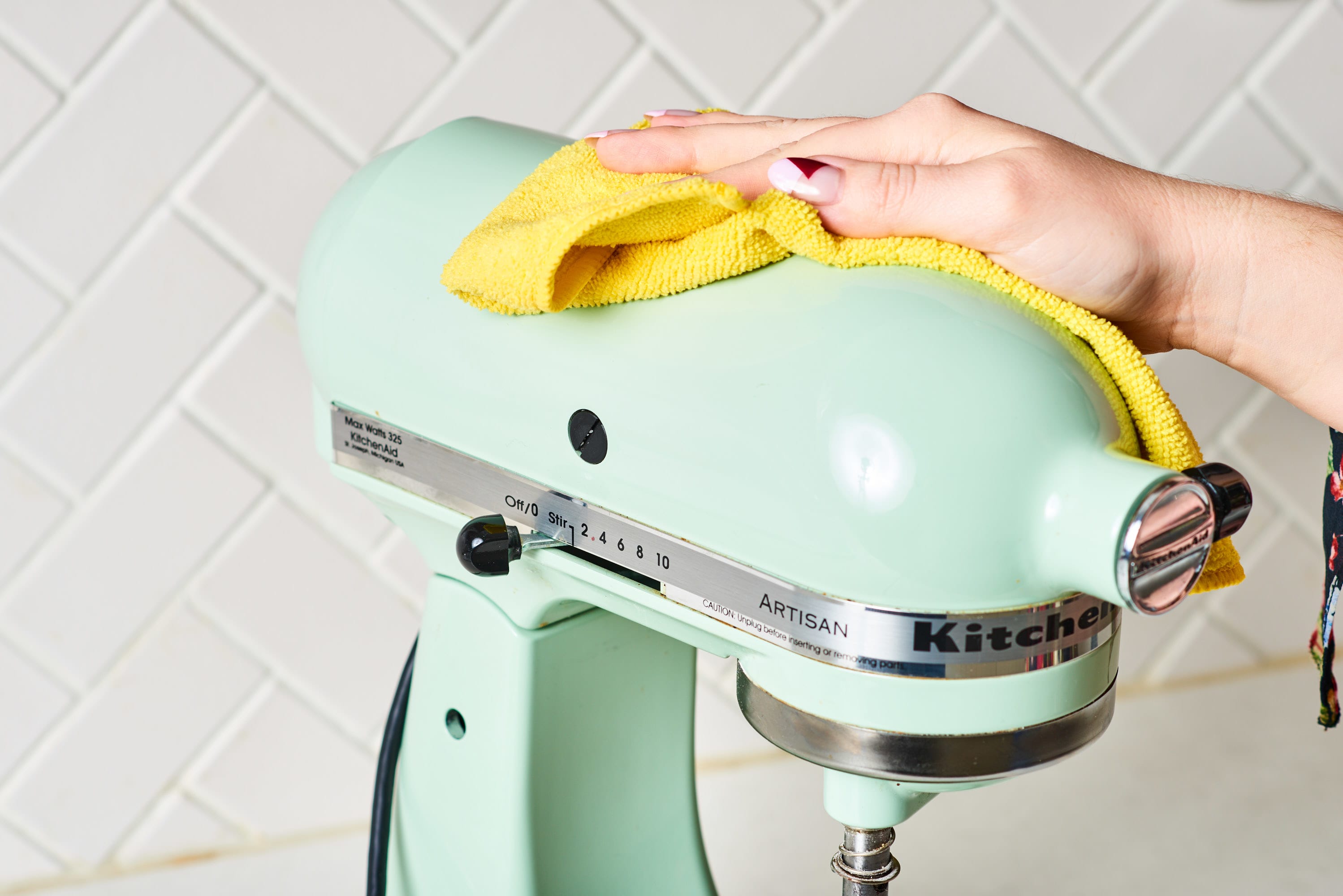

0 thoughts on “How To Cream Butter And Sugar With A Stand Mixer”